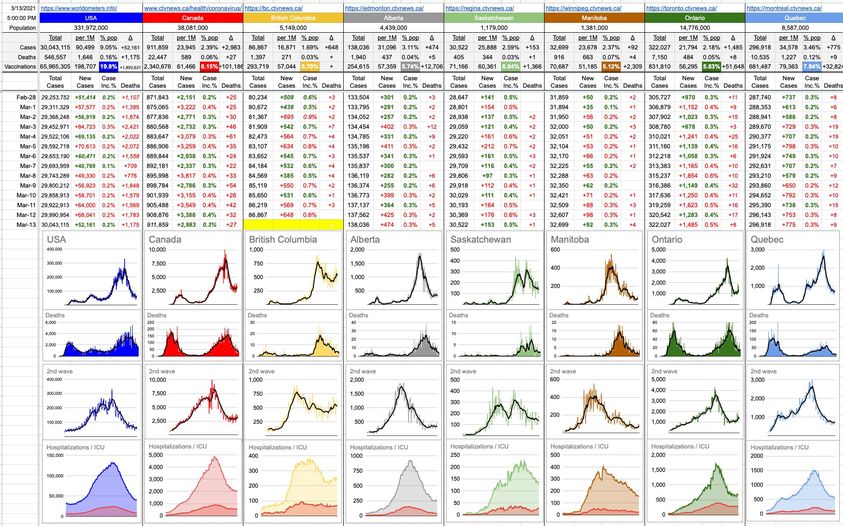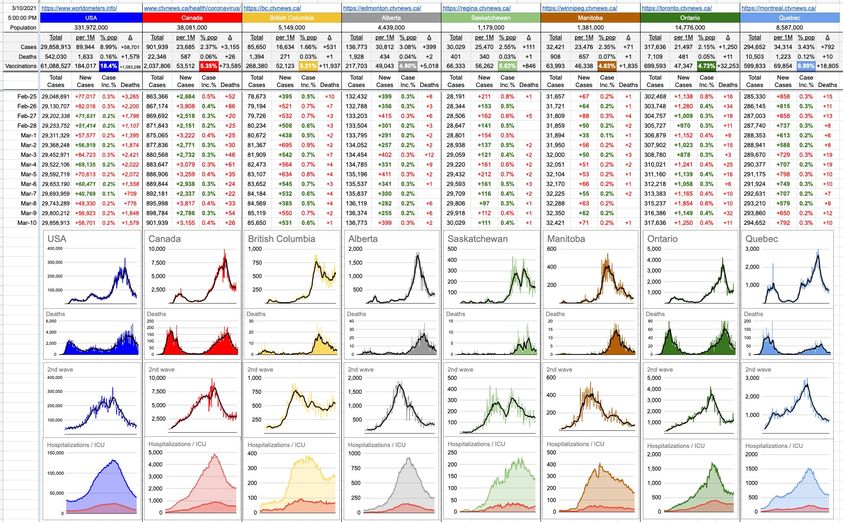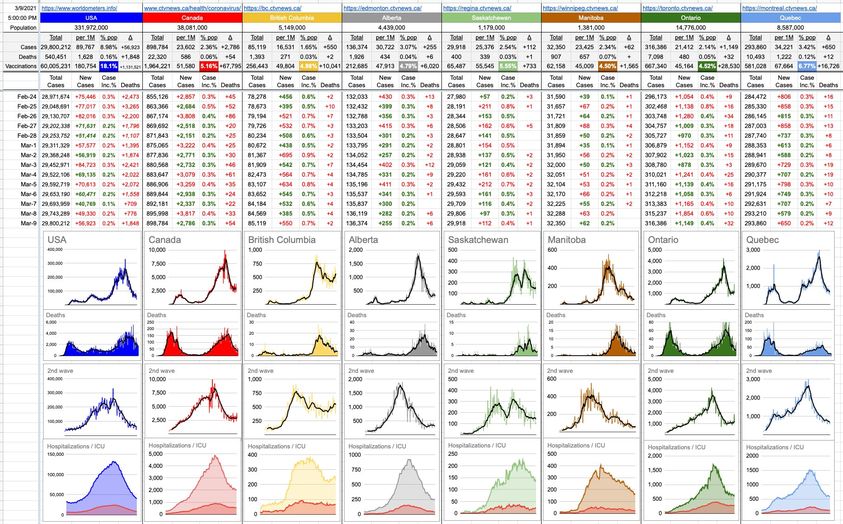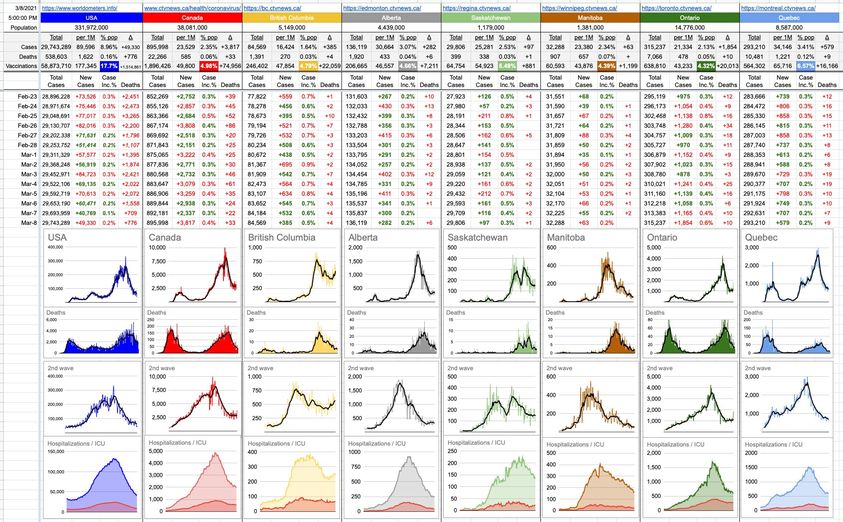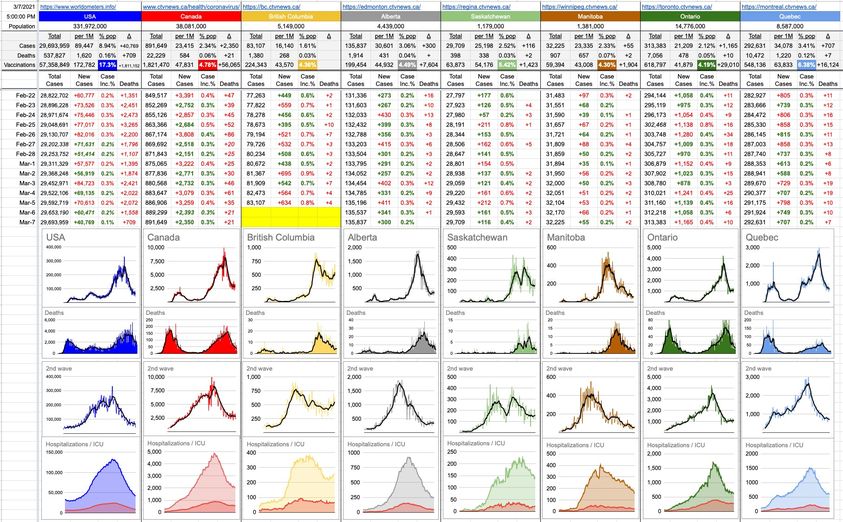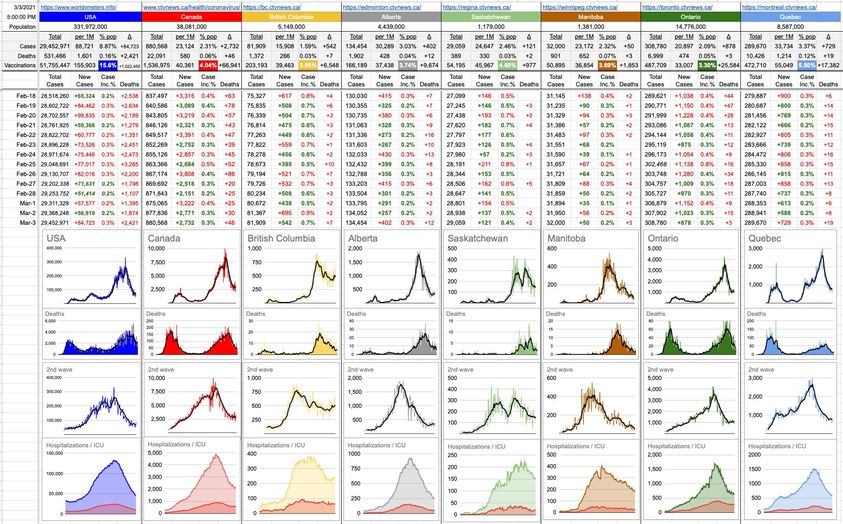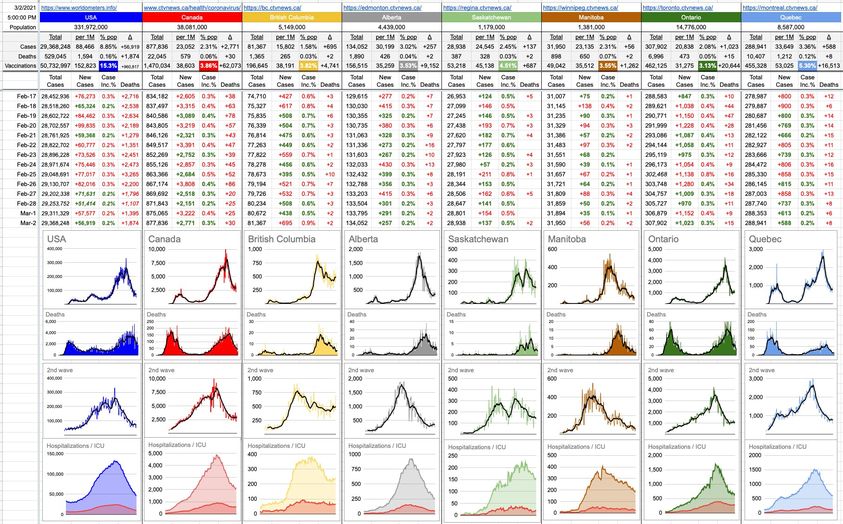March 14, 2021
You know… if you take a pizza with radius “z” and thickness “a”, its volume can be calculated as pi•z•z•a – and that is my π contribution for the day – so Happy Pi Day!
Pi, like many people, is irrational… and Pi, also like many people, goes on forever… but it goes on forever after the decimal point, so it doesn’t get much bigger after a while. But let’s talk about numbers that *do* get big, and what happens when they collide with the fallacies of causality.
For example, unfortunately, sometimes people die unexpectedly. It happens a lot. People unexpectedly choke to death or have heart attacks or strokes or burst aneurysms or whatever else, and when they do, especially when it’s unexpected, people tend to try to blame it on something… because, somehow, our brains don’t like to accept the fact that sometimes, bad shit happens… and there’s nothing that caused it and there’s nothing anyone could have done to prevent it.
If someone ran the stats, I’m sure one would find that more than 99% of heart attacks happened in people who’d had a glass of water in their last 2 hours. Did the water cause those heart attacks?
At the moment, the AstraZeneca vaccine has been paused in Ireland… the usual “abundance of caution” reasoning, which pleases some liability lawyers tremendously, but does little to instill public confidence in vaccines, a topic where there’s still a lot of uncertainty and hesitancy. “Just in case, until we figure this out.”
I’m not sure what they’re hoping to figure out. This started in Norway, where “a number” of cases of blood clots were discovered in people who’d recently received the AstraZeneca vaccine. That number was 4… out of hundreds of thousands of shots. Italy banned a particular batch of AZ vaccine following the death of a serviceman in Sicily… who died of cardiac arrest one day after his shot. Cardiac arrest, blood clots… same thing. It must be the vaccine.
When you look the actual large numbers, 17 million people in the EU and UK have received the AZ vaccine… and the number of people who’ve developed blood clots, some number in the hundreds, is actually lower than the expected number out of a random sampling of the population. The number of people who’ve unexpectedly dropped dead shortly after getting the vaccine is probably similar to the number of people who unexpectedly dropped dead after drinking some coffee. Or yawning. Or breathing. But… that’s unacceptable; there must be something to blame.
I get it; in this day and age of lawyers ready to pounce, it’s easy to see where the abundance of caution comes from. I wonder how long it’ll be before they all realize there’s much ado about nothing here… except preventing the rollout of the vaccine to areas that now, more than ever, need it; Italy is suspending the vaccine at the exact time they’re seeing a frightening, exponential growth in cases. Because one person died, of causes almost certainly that have nothing to do with the vaccine.
They might tell you “better safe than sorry”, and with that, I agree… except I think their implementation of the concept is backwards. Far more people will die of C19, having not received their shot in a timely manner, than might be “saved” by an issue that’ll turn out to have been non-existent to begin with. It’s really that simple… as simple as apple… strudel.
28 Likes, 4 Shares



